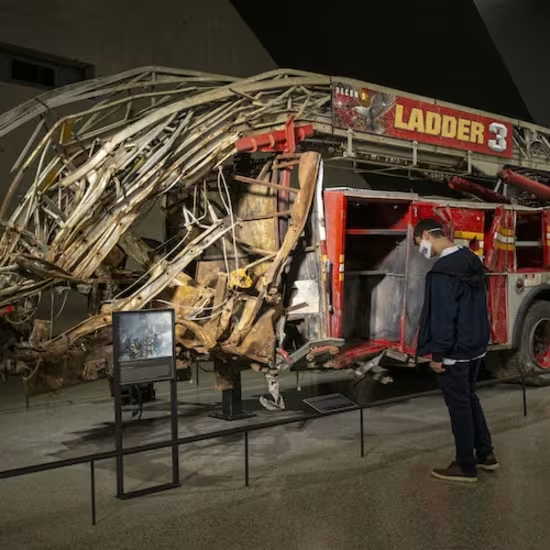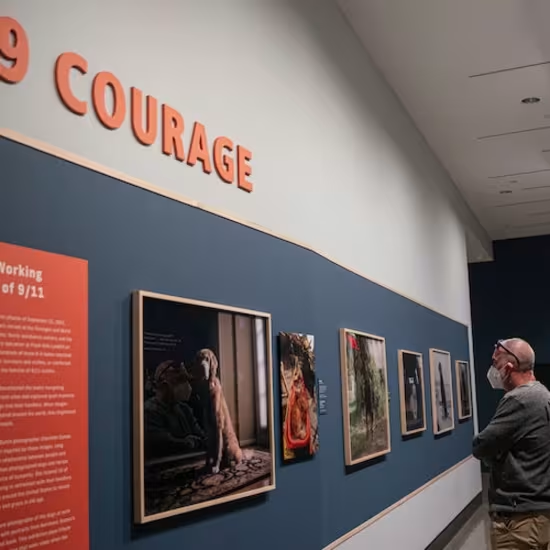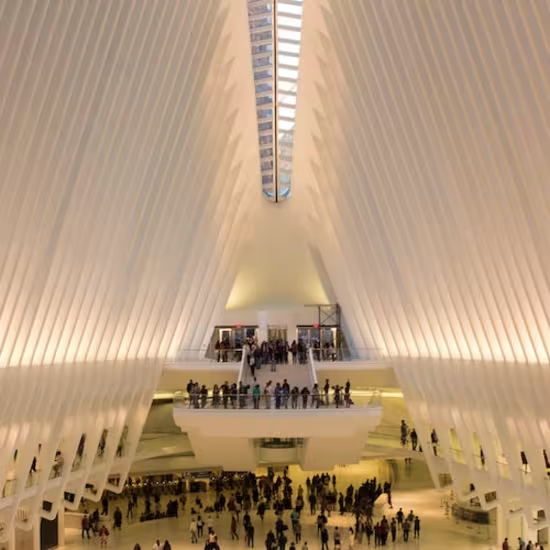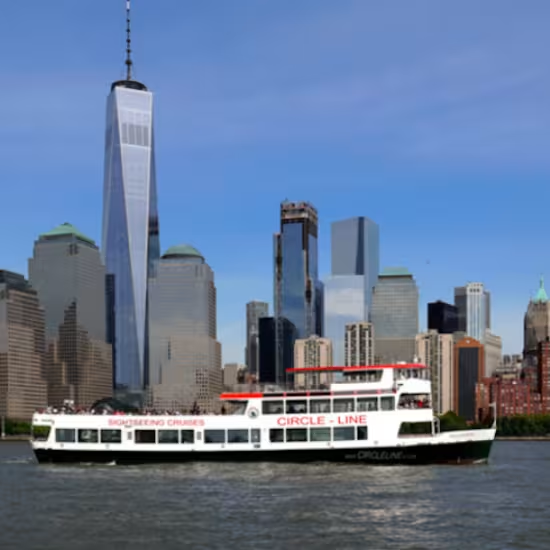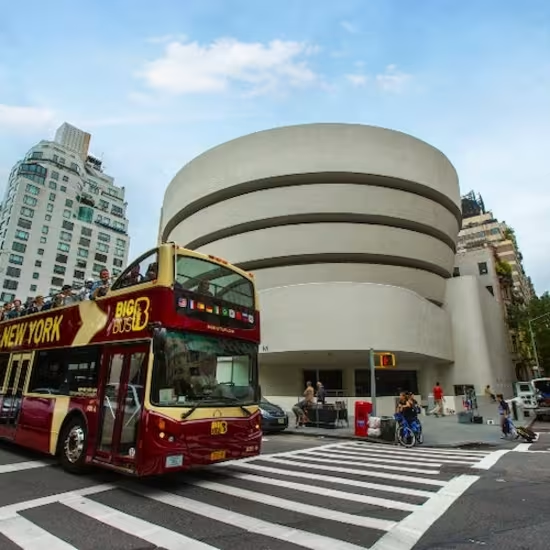
Facts and History about 9/11 Memorial
The National 9/11 Memorial & Museum, commemorating the day of the worst terrorist attack in American history, stands as a prominent site in New York City. While the core details of the attack are widely known, many interesting facts about the Memorial & Museum remain yet to be discovered.
9/11 Memorial & Museum: Deep Inside a Piece of History
Subterranean Museum Experience
This museum is mainly underground, setting it apart from others. Descending 70 feet down an entrance ramp leads to a vast hall that was part of the North Tower’s original footprint, reflecting the scale and impact of the void left by the attacks.
The Slurry Wall and Last Column
Key features include the Slurry Wall, crucial for holding back the Hudson River, now a part of the Foundation Hall’s design, demonstrating resilience. The Last Column, standing 36 feet tall and adorned with tributes, was the final piece removed during cleanup, marking the end of the recovery phase.
Artifacts and Testimonies
The museum holds over 70,000 artifacts, including severely damaged emergency vehicles and personal items like watches and wallets from the victims, which humanize the narrative. More than 2,000 oral testimonies provide diverse personal perspectives on the events.
Visitors Can Record Personal Experiences on Video
In the ‘Reflecting on 9/11’ section, visitors can record their personal stories, which are preserved in the museum’s collection, providing a living history of personal accounts that enhance the communal memory of the events.
Largest Man-Made Waterfalls in the USA
The museum features the largest man-made waterfalls in the United States, which flow into the Twin Towers’ original footprints, each waterfall plunging 30 feet below into a central void, symbolizing loss while physically cooling the space.
The Sphere
Originally located between the Twin Towers, the Sphere, a large bronze globe sculpture by Fritz Koenig, was damaged in the attacks and later moved to Battery Park City. It stands as a symbol of resilience.
Engaging Visitor Experiences
The museum offers daily talks and discussions. Every day at noon, a staff member highlights a particular artifact. Every Tuesday at 4:00 PM, survivors or victims’ relatives share their stories with visitors, as part of the special “We Were There” series.
Fire Truck
A fire truck from FDNY Ladder Company 3, which was crushed under debris, is displayed as a testament to the bravery and sacrifices of firefighters. Its presence in the museum underlines the harsh realities faced by first responders.
Callery Pear Tree
Known as the Survivor Tree, the Callery pear tree was found at Ground Zero, badly damaged. After being nursed back to health, it was replanted at the site where it continues to thrive, symbolizing New York City’s and the nation’s resilience and renewal following the attacks.
9/11: A Timeline of Events
5:45 AM
Mohamed Atta and Abdul Aziz al-Omari pass security at Portland International Jetport and board Flight 11.
7:59 AM
Flight 11 departs Boston Logan International Airport for Los Angeles with 76 passengers, 11 crew, and 5 hijackers.
8:15 AM
Flight 175 takes off from Boston, also bound for Los Angeles, with 51 passengers, 9 crew, and 5 hijackers.
8:19 AM
Flight attendant Betty Ann Ong alerts ground personnel about Flight 11 being hijacked.
8:20 AM
Flight 77 departs Dulles Airport for Los Angeles with 53 passengers, 6 crew, and 5 hijackers.
8:24 AM
Mohamed Atta unintentionally alerts air controllers in Boston to the attack on Flight 11.
8:37 AM
Boston air traffic control notifies the Air National Guard after Atta’s transmission.
8:42 AM
Flight 93 takes off from Newark, heading for San Francisco, with 33 passengers, 7 crew, and 4 hijackers.
8:46 AM
Flight 11 crashes into the North Tower of the World Trade Center.
9:03 AM
Flight 175 strikes the South Tower, followed by President Bush learning of the attacks in Florida.
9:28 AM
Passengers aboard Flight 93 bravely resist hijackers, initiating a heroic struggle to regain control of the aircraft.
9:37 AM
Flight 77 crashes into the Pentagon, inflicting significant casualties and damage to the US military headquarters.
9:45 AM
Operation Yellow Ribbon is implemented, closing US airspace and directing all civilian aircraft to land immediately at the nearest airport.
9:57 AM
Passengers on Flight 93 courageously confront hijackers, attempting to thwart their plans and prevent further tragedy.
10:02 AM
Flight 93 crashes in an empty field in Shanksville, Pennsylvania, likely targeting the White House or the US Capitol, emphasizing the bravery of passengers who intervened.
10:28 AM
The North Tower of the World Trade Center collapses, symbolizing a profound moment of devastation and loss, reshaping the skyline of New York City and altering the course of history.



